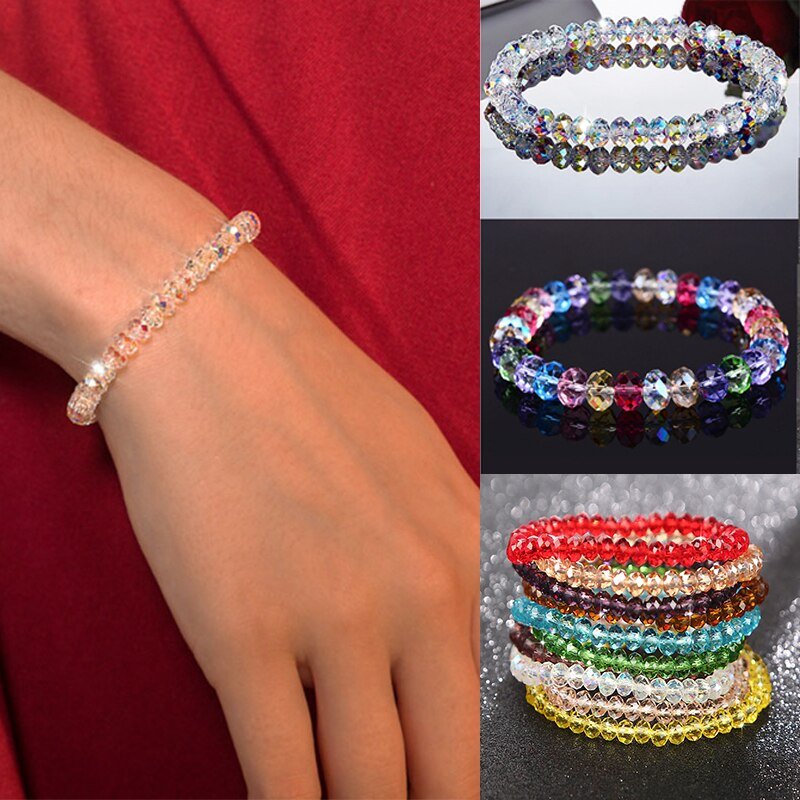What is a Carat in Jewelry?
What is a Carat in Jewelry?
When it comes to buying or evaluating diamonds and other gemstones, one of the most crucial terms you’ll encounter is “carat.” But what exactly does this term mean, and how does it impact the value and appearance of these precious stones?

Understanding the Carat
A carat is a unit of weight used specifically for diamonds and other gemstones. One carat is equivalent to 200 milligrams, or 0.2 grams. The term “carat” is derived from the carob seed, which was historically used as a reference for weighing gems due to its relatively uniform weight.
The Importance of Carat Weight
Carat weight is one of the “Four Cs” that determine a diamond’s value, the others being cut, color, and clarity. While carat weight is a direct measure of how much a diamond weighs, it significantly affects the stone’s size. However, it’s essential to understand that carat weight alone does not determine a diamond’s value. Two diamonds of the same carat weight can have vastly different values based on their cut, color, and clarity.

How Carat Weight Affects Size
Although carat weight is a measure of weight, it often influences our perception of a diamond’s size. Generally, the higher the carat weight, the larger the diamond appears. However, the actual dimensions of a diamond also depend on its shape and cut quality. For instance, a well-cut diamond will appear larger than a poorly cut diamond of the same carat weight because it reflects light more efficiently, enhancing its brilliance and making it look bigger.
Carat and Pricing
Carat weight has a significant impact on a diamond’s price. Larger diamonds are rarer than smaller ones, so the price per carat increases exponentially with carat weight. This means that a two-carat diamond will cost significantly more than twice the price of a one-carat diamond of the same quality.
Here’s a basic example to illustrate this:
- A 0.5 carat diamond might cost $1,500.
- A 1 carat diamond of the same quality could cost $6,000.
- A 2 carat diamond could cost $20,000 or more.
The exponential price increase reflects the rarity of finding larger, high-quality diamonds.

Tips for Choosing the Right Carat Weight
When selecting a diamond, it’s essential to balance carat weight with the other three Cs—cut, color, and clarity—to find a stone that meets your aesthetic preferences and budget. Here are a few tips to help you make an informed decision:
- Determine Your Budget: Establish how much you are willing to spend and prioritize the Four Cs accordingly. Sometimes a slightly lower carat weight with a better cut, color, or clarity can be more visually appealing.
- Consider the Setting: The style of the setting can enhance the appearance of the diamond. For example, a halo setting can make a smaller diamond look larger.
- Think About Proportions: A diamond that is too large for the wearer’s finger might not look as elegant as a well-proportioned stone. Personal taste and the wearer’s hand size should guide your choice.
- Evaluate Cut Quality: A well-cut diamond can appear larger and more brilliant than a heavier diamond with a poor cut. Prioritize cut quality to ensure maximum sparkle.
Conclusion
Understanding carat weight is crucial in the journey of selecting the perfect diamond or gemstone. While a higher carat weight often means a larger and more expensive stone, it is just one of the many factors to consider. By balancing carat weight with cut, color, and clarity, you can find a gemstone that truly shines and fits your unique style and budget. Happy gem hunting!
Views: 1
